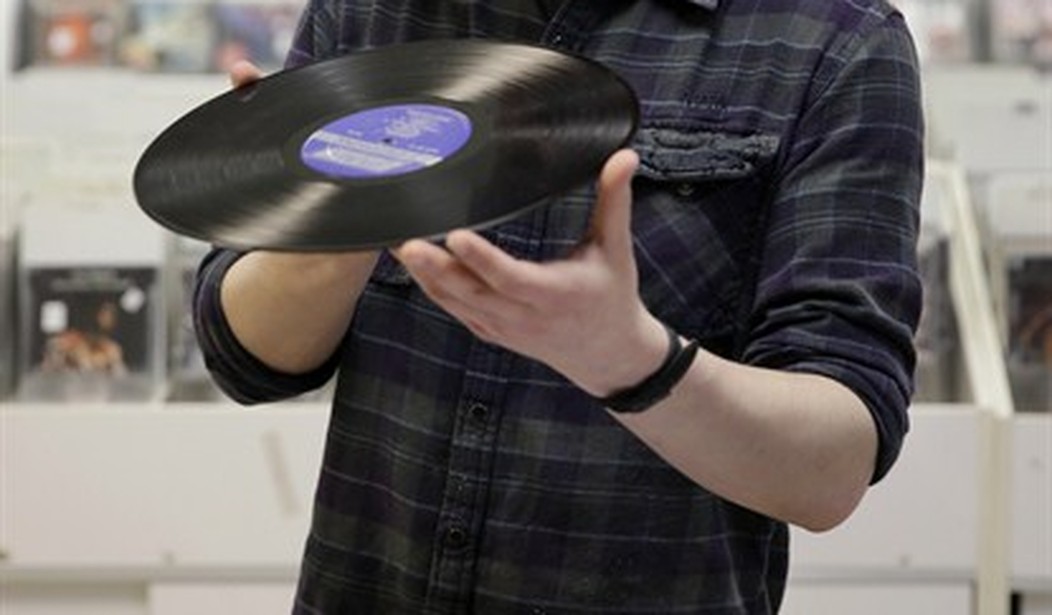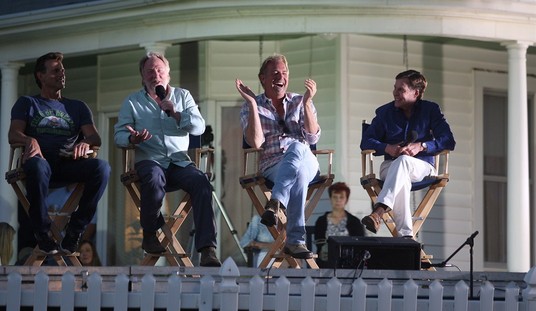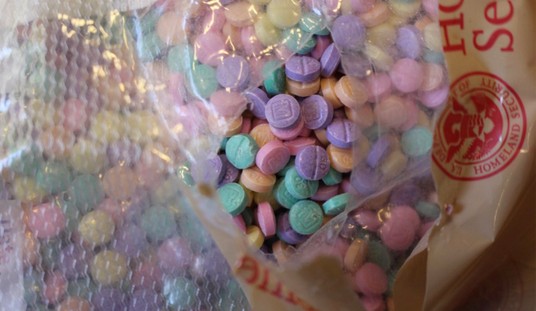CNBC reports that vinyl sales — that’s sales of music on a large plastic disc that you can’t even take and play in your car — are surging again. Vinyl analog records — that’s those large black platters that tend to get scratched up and sound hissy at the slightest provocation — are selling more than digital records on compact disc.
Music consumption in the first half of the year has remained robust even without the sold-out stadium tours, according to a new report. While on-demand audio streaming is up 15%, consumers are also looking to own more tangible collectibles like vinyl albums, which continue to surpass CD sales.
In the first six months of 2021, 19.2 million vinyl albums were sold, outpacing CD volume of 18.9 million, according to MRC Data, an analytics firm that specializes in collecting data from the entertainment and music industries.
Vinyl sales passed CDs in 2020 and apparently are not looking back.
I don’t want to date myself — the conversations would be too one-sided — but as I was growing up the 8-track tape was the cutting edge music technology. My parents must’ve played those two or three John Denver 8-tracks until the tape wore out. I probably still have “Rocky Mountain High” memorized. But for the time that was a pretty advanced way to listen to music. You could take the same tape from your immobile living room hi-fi system out to your van with the shag carpet on the floor (yes, that was a common thing) and listen to the same music. The 8-track allowed you to skip around and back to wear out your favorite songs (but you couldn’t rewind them). Non-linear music listening had arrived.
But 8-tracks had their issues. The tape decks tended to eat them, for one thing. They made your music collection impermanent.
Vinyl had already been around for decades by then but it didn’t let you take your music on the road. It’s finicky tech. You have to put a physical needle on a physical record and you have to flip the record in the middle of listening to it. The needle is sensitive. The slightest amount of dust can mess it up. And a little breeze or even looking at it wrong can make the thing skip and ruin your record. You may also have to replace the needle too.
People tried to make vinyl mobile in the late 70s and early 80s but it never really worked. You ended up very frustrated with useless gouged discs.
Soon enough, smart people came up with the audio cassette, which let you record your vinyl for going on the road. Tape decks also tended to eat them, though, and I don’t think even the store-bought cassette recording ever really sounded as good as vinyl. But maybe that’s my faulty memory. Cassettes were still analog and subject to breaking and wearing out.
The arrival of the digital CD in 1982 was a godsend. It changed everything.
The CD was billed as the vinyl killer. Vinyl was analog, CD was digital, which was cleaner. I remember the ads promising that you’d be able to hear your favorite guitar player’s fingers slide across the strings between notes. It turned out you needed an expensive hi-fi set with state-of-the-art speakers to hear that, but it wasn’t a total marketing lie. The fact was and is that CDs do sound cleaner than vinyl. But it also turned out that cleaner isn’t always better.
I do remember my first CD player. I’d been working at the college radio station and really got into being able to program CDs to do custom song sequences. Cueing them up for airplay was so much quicker and easier than vinyl. CDs seemed to be indestructible. You could stack ’em high and take up a lot less space than vinyl. So I got one from Sears—I think it was a Christmas or birthday gift. It was more than a foot wide but it sounded amazing even on the garbage speakers I had then.
CDs were mobile once they invented players for the car that wouldn’t skip. Then they invented the mobile CD turntable, allowing you to have 5 or more CDs always loaded and programmable. You had your own digital radio playlist without the annoying ads. You had the best of all worlds — digital audio that you controlled that was advertised as lasting forever.
Yeah, they really don’t.
Some music connoisseurs swear that vinyl sounds richer than digital audio on a CD. I think they’re mildly full of it. These days all recordings start off as digital. No one is starting the process on reel-to-reel or any analog recording. They’re starting out on digital boards making digital files on computers that will, at the end of the process, be turned into analog when pressed into vinyl. Maybe they like hearing the pops and hisses that come with vinyl. I don’t. Never did.
They go back and remaster analog recordings to digital to make them sound better. Then sometimes they put that back on vinyl.
My truth is that I never liked vinyl.
I’ve been around from the 8-track through the cassette, CD, digital audio tape (which sounded richer than any other medium but never really took off outside the radio industry), mp3, streaming, everything. Obligatory “get off my lawn.” Seriously. The Bermuda is just coming in to cover that bald patch. So scram!
Vinyl’s main strength is the cover art. It’s big enough to hold in both your hands and hang on a wall and appreciate as art. Remember those old Boston and Kansas covers? So much detail. Cassette and CD covers are too small for any of that.
But in every other way vinyl is obsolete.
The surge in vinyl sales—beyond digital CDs in an era when we store all the music we actually listen to on our phones so it’s always with us—suggests something else is driving vinyl sales besides quality and convenience. We love our convenience but we also want a physical world with tangible things. Vinyl is probably the worst surviving form of technology for listening to music, but it’s the most physical. You have the large cover art, which I do miss. I also miss flipping through vinyl records at the music store hunting for that new album everybody’s been talking about. To play vinyl you have to do a process. You have to remove the record — carefully, don’t scratch it — from the tissue-thin sleeve that you will rip at some point. You have to put that aside, put the record on the turntable, start the spin, and carefully place the needle on the outer grooves.
That’s a process akin to making your own espresso or grilling over charcoal when it’s much easier to pop in a glue-flavored Keurig pod or fire up a gas grill. I do get that. I’m a charcoal snob and only lump charcoal will do. I don’t own a Keurig. But I do keep my music on my phone for the most part, and I’m an air-fryer fanatic. Convenience sometimes wins handily.
But when it comes to music, I’m not and never have been a vinyl fan. It’s tended to be my least favorite music media despite the coolness of learning to slip cue when I was starting out in radio. When I did get vinyl back in the day, I usually transferred it to cassette so I could listen to it in the car and protect the original record from scratches. Because it’s flaky and fragile.
Now YouTubing vinyl plays of vinyl-era music is a thing.
Do you hear those pops? I bet the YouTuber added a few extra ones just to get that authentic vinyl feel for the global digital audience.
All of this makes utterly no sense but it’s where we are.









